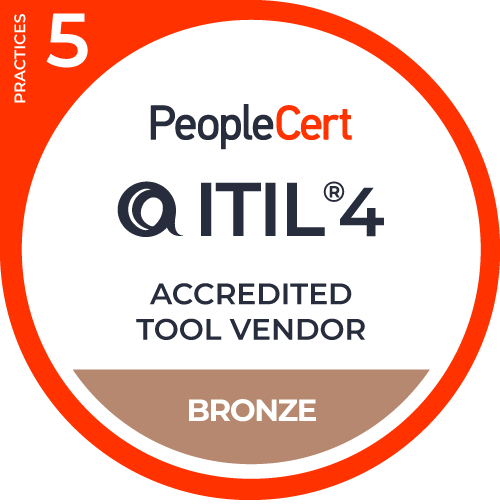Some IT organizations are still struggling to get their end users – the employees of their organization – to use the provided IT self-service capabilities. In a Service Desk Institute (SDI) survey-based report called “Realizing ROI from Self-Service Technologies” it was found that: “The increase in the adoption of self-service tools is undoubtedly due to the range of associated benefits … reduced support costs, increased customer satisfaction, and around-the-clock support channel. However, the number of organizations that have realized these benefits and have achieved the anticipated return on investment (ROI) are few, less than 12% ...”
With this worrying self-service statistic approaching its third birthday, this blog asks five key questions on the current and continued success of IT self-service capabilities.
1. Is the SDI 12%-success statistic still relevant?
Yes, as a warning to all IT organizations re their introduction or relaunching of IT self-service capabilities. However, we’d like to think that the percentage of successful IT self-service initiatives is higher now even if only up to the 20% mark. Although, we’ve been in IT service management (ITSM) event presentations where the “ask the room” questions on the level of IT self-service success has returned even lower success levels.
2. What’s the biggest barrier to IT self-service success?
There are many, many barriers to IT self-service success. The biggest barrier, though, is the lack of investment in organizational change management tools and techniques. Because while IT self-service initiatives are technology implementations, more importantly they’re a change to the existing way of working and thus people-change projects. Hence there’s the need to get people to understand the whys, the “what's in it for me?”, and the hows, i.e. what will change. Ultimately, there’s the need to break down resistance and bring people along with you.
3. Does the self-service technology employed make a big difference to success?
Even after the previous question and answer, this needs to be a “yes and no” response. Because if your organization has an unusable self-service tool, then it’s always going to struggle to get people to use it and reuse it for self-service and self-help. Beyond this though, it’s more about how useful you can make the tool. Configuring it around how end users want to work, not how IT thinks they should work.
4. Does forcing everyone to use IT self-service, by removing other channels, work?
It will work, but only in certain – and a limited number of – organizations. Those with a certain culture and management style. For instance, autocratic leadership and the culture it forms would probably accommodate a forced fit of IT self-service – with people simply doing what they’re told. For the majority of companies, however, it won’t work. Their employees just won’t use a potentially unusable IT self-service capability when they don't think it’s the best solution channel and they’ll find other ways to get help.
5. What specific things should organizations do for a better IT self-service offering?
Start by learning from all the mistakes made by other companies. The SDI report is a good read on this. Then focus on employees and what they expect and need. The real winning recipe (for IT self-service success) will only be found by speaking to your end users about what they like and dislike about the self-service capabilities they’ve used (both inside and outside of work). Then use this to craft the right self-service capabilities to drive their adoption.
Ultimately, make it easier than calling or emailing the IT service desk or otherwise people will continue to do just that. Also, recognize the need for better knowledge availability and knowledge management to support the self-help element of IT self-service.
What are your views on IT self-service? Has it been a great success within your organization? If so, how did you achieve it? If not, what would you add to the “warning”-type answers above?


